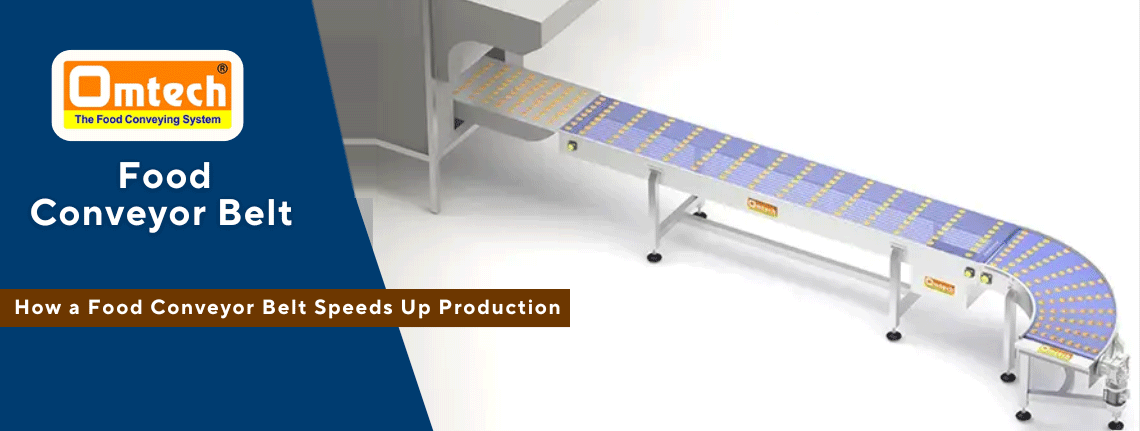The Pivotal Role of Conveyor Belts in Modern Food Manufacturing
In production, every second matters. Conveyor belts make sure that materials move quickly and smoothly from one step to the next, giving the assembly line a smooth rhythm. They enable simultaneous operations across several stations, coordinate workflows, and remove needless pauses. Through task harmonization, a potentially disjointed process is transformed into a cohesive, high-output system.
How Conveyor Technology Evolved to Meet Industry Demands
Simple mechanical belts powered by primitive motors were the first food conveyors. The highly engineered marvels of today's systems include variable speed controls, modular designs, and specialized surfaces that adhere to strict sanitary regulations. In addition to mobility, modern conveyors must be precise, flexible, and compliant with ever-tougher food safety standards.
The Science Behind Conveyor Belt Efficiency
Material science lies at the heart of conveyor belt performance. Food-grade belts are made of stainless steel, polyurethane, or thermoplastic elastomers; each is chosen for its longevity, ease of cleaning, and resistance to microbial growth. Modern drive systems with energy-efficient motors maintain constant speed, guaranteeing that each food product unit travels in perfect sync with manufacturing requirements.
Reducing Production Time Through Continuous Flow
Conveyor belts are excellent at generating a constant flow, removing the bottlenecks that frequently occur in manual processes. One end can be used to load ingredients, which can then be moved smoothly and uninterruptedly through the mixing, cooking, cooling, and packing processes. The turnaround time between batches is significantly shortened by this unbroken movement, allowing companies to satisfy varying market needs and strict deadlines.
Enhancing Precision in Food Handling
When working with perishable items, accuracy is crucial. For consistent baking, frying, freezing, or packaging, conveyor belts make it easier to precisely space, portion, and align products. Every product that comes off the line is guaranteed to satisfy strict quality requirements thanks to this careful management, which also minimizes waste and errors.
Customization for Different Food Products
Conveyor systems are a reflection of the diversity of food products. Seafood producers might choose belts made to work in damp or cold conditions, while bakeries would need belts that can withstand oven temperatures. This modification guarantees that the conveyor system meets the particular requirements of the product being handled, rather than impeding them.
Labor Savings and Workforce Optimization
Conveyor belts free up human workers to concentrate on jobs requiring technical expertise, creativity, or decision-making by automating transport duties. This change not only lessens physical strain and injury risk, but it also enables businesses to maximize labor expenses while preserving or even boosting productivity.
The Future of Food Conveyor Belt Technology
Even more progress is anticipated in the future. Conveyors driven by AI will detect flaws without the need for human interaction, self-adjust speeds in response to production flow, and smoothly connect with robotic arms for completely automated lines. Conveyor belts will continue to be the foundation of scalable, safe, and effective food production as technology advances.
Conclusion
Food conveyor belts are precision-engineered systems that promote efficiency, maintain quality, and adjust to the various needs of contemporary food manufacturing. They are more than just mechanical transports. These belts have become the essential connection between efficiency and perfection in a field where speed and safety must coexist.

